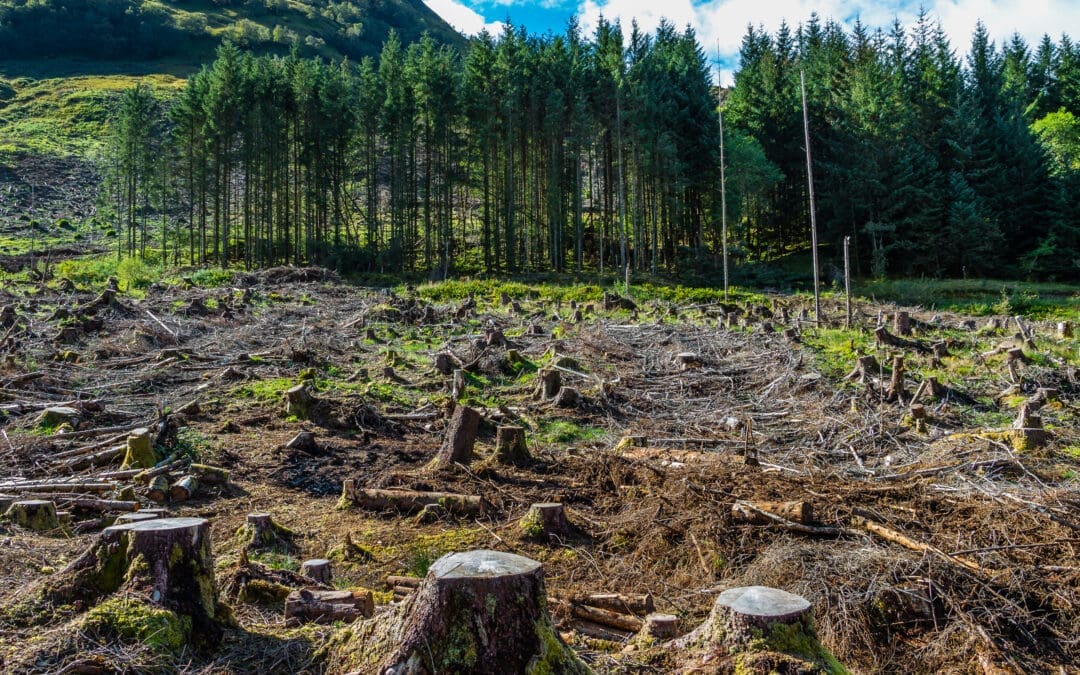The Global Climate Strike is happening. At a time when almost every nation of the world has signed the Paris Agreement, emissions are still on the rise, and the world now faces a tipping point on climate action. From September 20 – 27, a youth-led climate strike will bring millions of global citizens out to the streets to demand climate justice and a radical shift away from fossil fuel dependence.
The strikes issue a global call to action for climate leaders, businesses, and nations of the world to get serious about the crisis facing our planet and its future generations. In the words of Greta Thunberg, it’s past time for global leaders to “unite behind the science.” How does this impact the global business community?
The rise of corporate Science-Based Greenhouse Gas Reduction Targets
The strike primarily targets political leaders and the fossil fuel industry. But the global business community has a massive role to play to course-correct and is also facing pressure to act. Over 1000 companies are showing support for the Global Climate Strike; some digitally like Tumblr and Kickstarter, and some, like Patagonia, Lush, and Seventh Generation, are actively encouraging employees to skip work and join the strikes.
It’s exciting to see businesses back the cause. But to create lasting change for our planet, companies need to address the emissions crisis on a global scale. Science Based Targets now shows 635 companies committed to science-based action on emissions targets and Scope 3 reduction. No doubt, that’s an indication of progress, but reading between the lines, the number of businesses seriously committing to climate action is still few and far between.
The reality is that companies won’t be able to meet their science-based targets without a drastically different energy economy. Fossil fuel-based greenhouse gas emissions are emitted at every level of the supply chain. And they’re largely uncontrollable by firms that lack the visibility needed to do something about it. The obvious case is energy use within the supply chain, but huge impact can also be found in areas like agriculture and forestry. For example, tropical deforestation adds about 3 billion tons of CO2 a year, totaling approximately 10% of the global emissions per year.
A businesses’ reputation rests on its actions – and that means following through on climate-related goals. During the Global Climate Strike, the voice of the global business community should be heard just as loudly as those of the students, climate refugees, and other grassroots supporters.
Scaling greenhouse gas reductions in supply chains
Showing support for the Climate Strike is a great way to pressure world leaders to tell the truth about the Climate Crisis and encourage a shift in our global energy economy.
Meanwhile, a businesses’ most immediate opportunity to reduce environmental impact is within the supply chain; McKinsey states that for consumer goods products, 90 percent of climate impact is embedded in the supply chain. And the best way to achieve it is to wield the power of the purchaser. By leveraging supply chain relationships, companies can encourage sustainability improvement at the tiers of the supply chain where it matters most. As the Carbon Disclosure Project (CDP) recently put it, “the customer-supplier relationship presents an opportunity to reach companies that would not otherwise be engaged, driving environmental action at scale.”
According to a recent UN Global Compact’s Decent Work in Supply Chains report, supply chain leaders cite technology as a critical enabler of improved supply chain transparency. This is why SupplyShift exists – companies aren’t able to scale their efforts to reduce climate impact in their supply chain without systems to track and manage all of their supplier information.
SupplyShift works with a number of global companies and partner organizations to track greenhouse gas emissions in the supply chain, and we have solutions that focus on greenhouse gas measurement in multiple sectors. From farmer-based tools and forest traceability, to consumer goods assessments and CDP data transfers, there are many ways to accelerate your climate-related goals within SupplyShift. We also work with a number of partner organizations like The Sustainability Consortium, CDP, South Pole, and EcoAct to create complementary solutions for greenhouse gas measurement. For an example of how SupplyShift tackles scope 3 measurement, check out our case study with Wrangler.
Our personal contribution
As we are working hard like you to drive positive change, we won’t be striking ourselves this week. However, we are announcing that we will make an investment in the offer of a CDP data transfer to the first 3 of our network that would like to benefit right now and at no cost.
When you transfer your CDP data to SupplyShift, we upload your data and you get a profile for each of your suppliers. You get access to all of SupplyShift’s tools to create dashboards and engage with suppliers for progress improvement, as well as a foundation to add more layers of GHG data collection and analysis at any tier of your supply chain. Bringing over your CDP data is a great way to engage suppliers on their emissions activity, compare their performance, encourage improvement, track your progress, and figure out where to focus next. Reach out to us for more info.
Companies can’t act without visibility, and SupplyShift is built to help companies engage suppliers and improve visibility at every level of the supply chain. We’re tremendously proud to offer services that help businesses protect our world for the generations to come.
Get involved:
Join the Global Climate Strike



